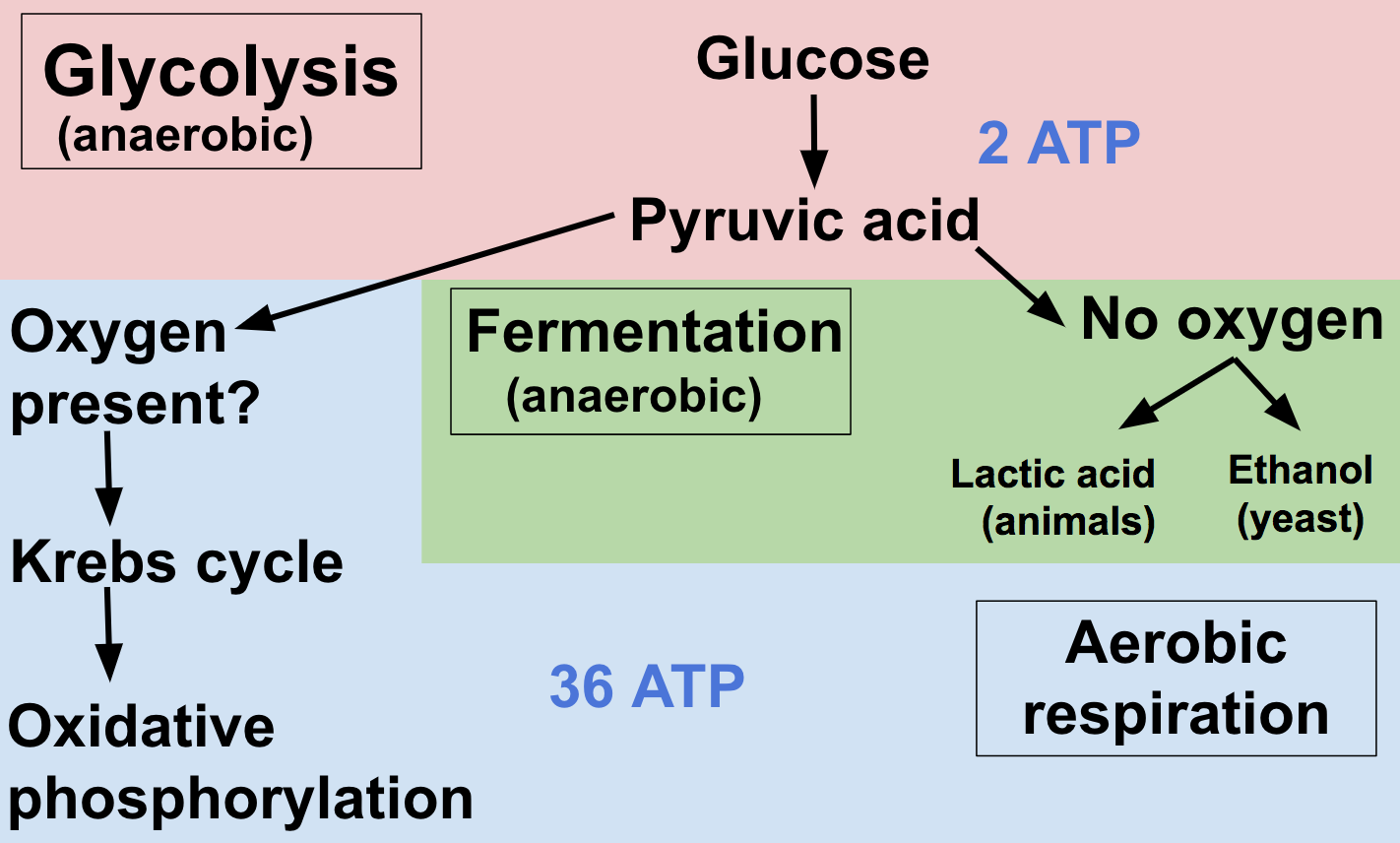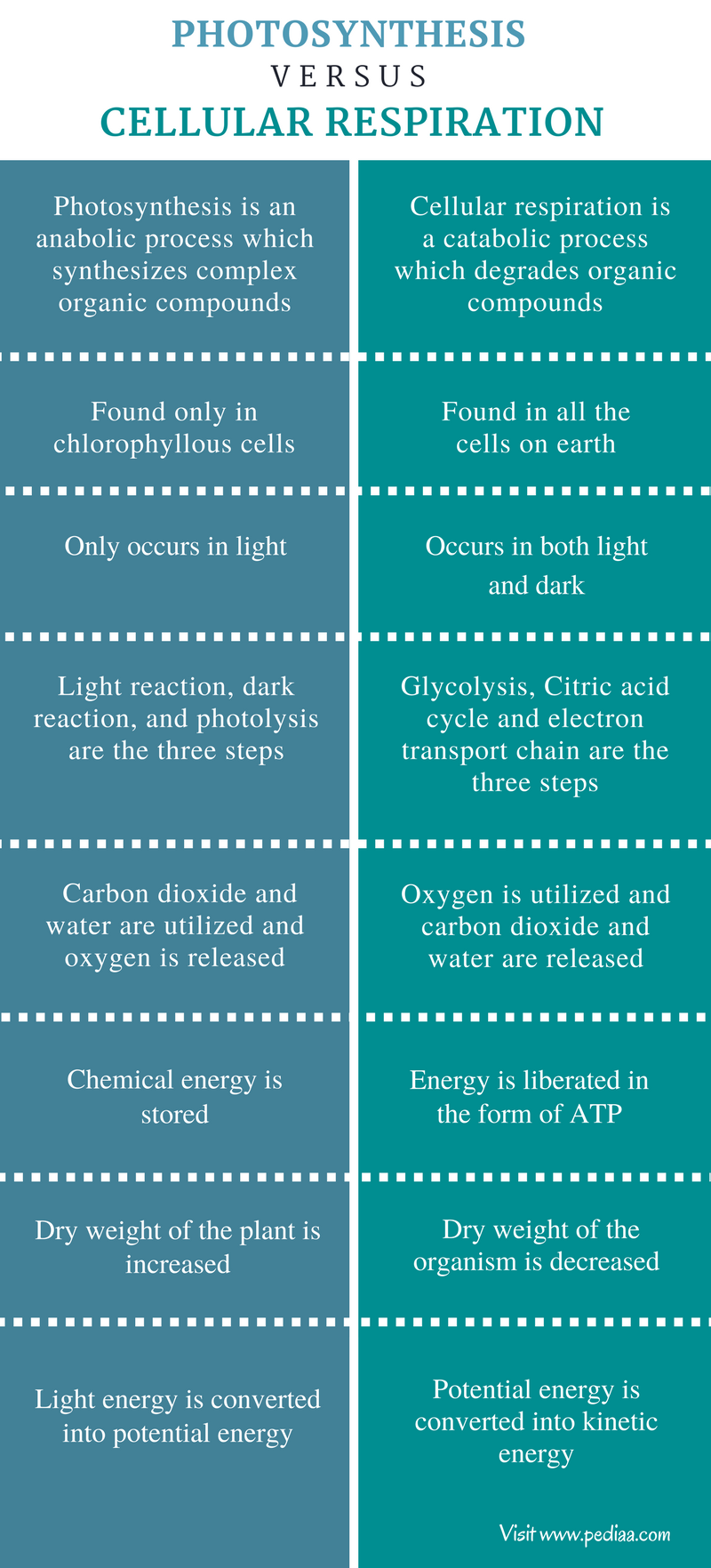Cellular Respiration In Plants Definition

Plant respiration is the process of plants using up the sugars made through photosynthesis and turning them into energy for growth reproduction and other life processes.
Cellular respiration in plants definition. Both plants and animals use cellular respiration to make energy. Plants take in carbon dioxide through tiny openings or pores in their leaves called stomata. Role of air temperature.
It is observed in both plants and animals and the end product of this type of respiration is water and Carbon dioxide CO2. The process of respiration in plants involves using the sugars produced during photosynthesis plus oxygen to produce energy for plant growth. Plant respiration occurs 24 hours per day but night respiration is more.
Cellular respiration is the process through which cells convert sugars into energy. It involves 3 stages and occurs at various positions within the cell. Cellular Respiration Definition.
However the way they get the glucose to do it is different. Cellular Respiration Definition For the production of ATP molecules like glucose are oxidized this is called as Respiration. It involves the splitting of pyruvic acid produced by glycolysis into carbon dioxide and water along with the production of adenosine triphosphate ATP molecules.
Special cells in the leaves of plants called guard cells open and close the stomata. Cellular respiration All organisms respire in order to release energy to fuel their living processes. Cellular respiration uses glucose and oxygen to produce carbon dioxide and water.
To emphasize this point even more the equation for photosynthesis is the opposite of cellular respiration. The oxygen produced by plants during photosynthesis is what humans and animals inhale for the blood to transport to the cells for respiration. Dark respiration and photo respiration.



















